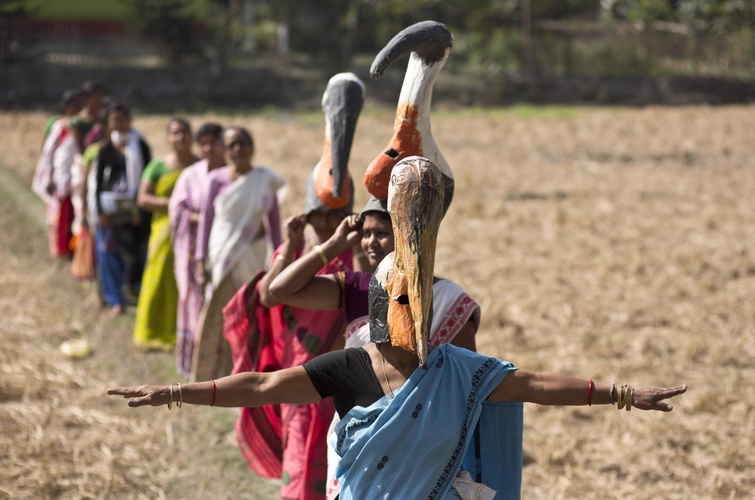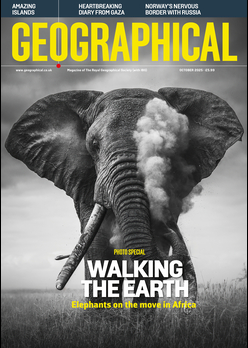
India’s Dr Purnima Devi Barman receives the 2024 Whitley Gold Award for her work conserving the greater adjutant stork
Each year, the Whitley Awards recognises leaders in the conservation space from all around the world. This year’s winners are working to save some of the world’s most fragile ecosystems in India, Brazil, Bhutan, Papua New Guinea, Guyana, Cameroon and Nepal.
The winner of the Gold Award is Dr Purnima Devi Barman who will receive £100,000 for galvanising a movement of more than ten thousand local women to save the greater adjutant stork and its wetlands habit in Assam. The wildlife biologist has transformed the outlook for the scavenger bird and the local women, known as ‘stork sisters’, who have become conservation leaders.
For details on all the winners, see the images below:
Dr Purnima Devi Barman
‘Hargila were always misunderstood and treated as a bad omen or a disease carrier. If I didn’t do something, we were going to lose this bird forever. So, I made it my mission to save them’






Naomi Longa
‘It is important to work with the local communities and women because they possess deep connections and traditional knowledge of the marine ecosystem.’


Aristide Kamla
‘Giant Salvinia forms a thick carpet on top of the water surface that prevents the manatee from coming to the surface to breathe. Manatees need to surface every five minutes.’


Fernanda Abra
‘The Brazilian government is really interested in the Amazon’s preservation and from the perspective of road networks, we are very close to implementing the culture of sustainable infrastructure for wildlife in Brazil.’



numbers of animals approaching, crossing, or avoiding the bridges. The team recorded 500 crossings
over an 11-month period, a number that’s expected to rise as mammals get used to them.

Kuenzang Dorji
‘The beautiful golden langur is Endangered; the numbers are decreasing as they constantly come into contact with anthropogenic threats.’


Leroy Ignacio
‘This bird has created a movement in conservation in the Rupununi.’

Raju Acharya
‘This bird has a special role to maintain ecological balance and they are also related with the society and culture.’



The Whitley Fund for Nature (WFN) is a UK charity supporting grassroots conservation leaders in the Global South. WFN’s flagship prizes – Whitley Awards – are presented by charity Patron, HRH The Princess Royal, at a prestigious annual ceremony in London at the Royal Geographical Society (RGS). Winners receive funding, training, and profile boost, including short films narrated by WFN Ambassador Sir David Attenborough.
Find out more about the awards and all of the 2024 winners here.




